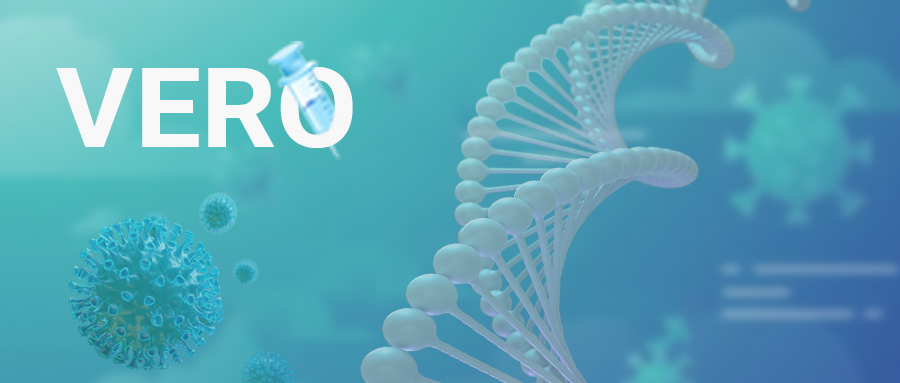A reliable cell line is essential when studying viruses, treatments, and vaccines. That’s why researchers commonly use Vero cells. But like other cells, it’s critical to understand everything about Vero cells before applying them in your activities or research.
Here’s all you need to know about Vero cells
The origin and characteristics of Vero cells
Immortalizing cell lines makes them popular in biotechnology and research. That abundance of different cell lines makes the choice of anyone out of the innumerable application difficult. And although generalist cell lines are suitable options, some applications need more specialist cell lines like vero cells. Vero cells are prevalent in molecular biology research.
Vero cells were developed in 1962 by Yasumura at Chiba University in Japan. Vero cells are epithelial kidney cells from a female African green monkey. In 2014, the Vero cell line genome was sequenced by researchers. That research revealed another aneuploid cell line that exhibited various chromosomal anomalies.
Vero cells have features such as a significant deletion in chromosome 12. Also, Vero cells are interferon-deficient, meaning they lack interferon production and antiviral signaling protein produced by mammalian cells. However, Vero cells carry interferon receptors and remain receptive to other cells’ interferon. Additionally, Vero cells do not enter senescence-like other continuously culturable cell lines.
How cultural cells work
Like other adherent cell lines, Vero cells are cultured under typical mammalian cell line conditions with 370 C, 5% CO2, and fetal bovine serum additions. Cultured cells require transiently or stably transfected in practices such as producing virus particles. But with Vero cells, you’ll have multiple options, such as introducing plasmid DNA which reaches a 74% transfection rate in Vero cells.
Since cell lines are misidentified and contaminated easily, it’s crucial to conduct line authentication. Short tandem repeats (STR) are the standard form of authentication for human cells. And as African green monkey cells continue to deliver more cells, researchers have leveraged the high homology between human and monkey genomes. That has been instrumental in identifying suitable STR regions for cell line authentication that are stable to authenticate Vero cells.
Application of Vero cells
In the past, Vero cells you would apply to identify Vero toxin through screening different extracts of Escherichia coli strain. Recently, researchers have been using Vero cells as hosts for intracellular eukaryotic parasites. The current applications rely on Vero cells’ inability to produce interferon.
That lack of interferon production makes Vero cells susceptible to infection by many viruses. Therefore, Vero cells become the ideal agent for virus production and testing the effects of antiviral drugs. Additionally, Vero cells produce vaccines that rely on viral particles or proteins. Again, Vero cells test therapeutic, and via plague essay, Vero cells quantify virus concentration.
Limitations of Vero cells
All cell lines have limitations during application. The fact that Vero cells stem from monkeys poses a restriction because it’s a non-human cell line. That affects Vero cell conclusions, especially if they are to extrapolate to humans. Also, biopharmaceutical production in Vero cells increases the chances of producing undesired products.
Conclusion
Cell culture systems developments have been instrumental in virus vaccine deployment. And with continuous cell lines, better screening technologies have been achieved. Also, Vero cells are among regulatory authorities’ accepted continuous cell lines. And with its wide applications, it’s wise to know all there is to know about Vero cells.

